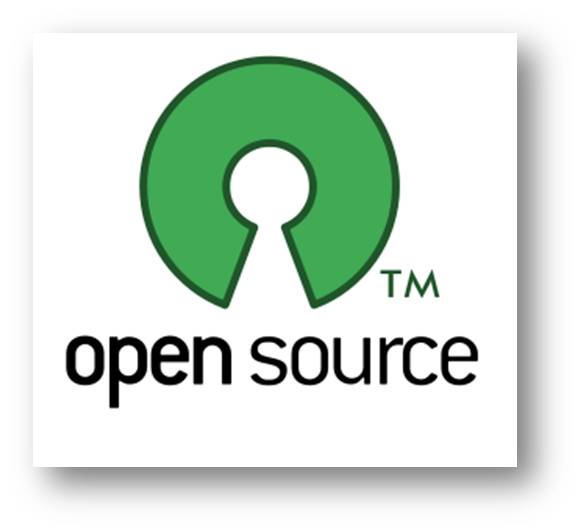 Web design is big business. With computers and the internet becoming more accessible than ever before, there are a lot of individuals and businesses trying their hand at web design. It is no surprise that there are a lot of powerful, full featured and expensive design applications out there in the market available to amateur and professional designers and programmers.
Web design is big business. With computers and the internet becoming more accessible than ever before, there are a lot of individuals and businesses trying their hand at web design. It is no surprise that there are a lot of powerful, full featured and expensive design applications out there in the market available to amateur and professional designers and programmers.
So if you are either just starting out as a money-conscious designer, or you’re a veteran coder, you probably already have a good idea about the commercial software available to you. In this post I would like to draw your attention to the Open Source alternatives in the design industry. Open Source software has larges communities of developers and testers, and Open Source software is some of the best written software in the world.
So, without further ado, we bring you a top 5 list of Open Source alternatives to commonly used commercial applications.
Aptana Studio instead of Dreamweaver
https://www.aptana.com/studio
Aptana Studio is a HTML and CSS design suite. It is also used by programmers who write in PHP, Ruby and others. It works very similarly to Dreamweaver in that it has both a design and code view, has syntax highlighting, comes with code snippets, and will also FTP files to your website for you. If you have used Dreamweaver in the past then Aptana would feel very familiar to you, with a few nice surprises (especially for those AJAX lovers out there).
GIMP instead of Photoshop
GIMP is almost a ‘clone’ of Photoshop. It works in very similar way with its layers, selections, filters and painting tools. It can even read and write in Photoshop format, making it ultra compatible with your Photoshop using colleagues or clients. The software doesn’t feel quite as polished as Photoshop does, and its text manipulation is a little behind Photoshop’s. But, if you’re like the majority of people who use Photoshop to resize their images, reduce the colours, and maybe add the odd special effect to add a little extra to your websites, then the GIMP is definitely something you should try!
Inkscape instead of Illustrator
Inkscape is a vector drawing programs with features similar to that of Adobe Illustrator and Corel Draw. It has a very large feature set, including n-sided object creation, text effects, raster images, gradients, layers, opacity and paths. It can read and write in many formats, including XML, SVG and complies with W3C standards. It can also read AI and SVG files exported from Illustrator. A fine and free alternative.
OpenOffice.org instead of Microsoft Office
Open Office.org (or OOo for short) is a direct replacement for Microsoft’s Office suite (excluding Outlook). It is a very mature project and they have very recently released version 3.1.0. You can use replacements for Word, Excel, PowerPoint and Access. OOo can also read and write in any of the native file formats, as well as a few others (like PDF) which older versions of Office can’t. Being a Linux man myself in a predominantly Windows environment, I find OOo a life saver. This one comes highly recommended.
Firefox with the Web Developer Extension
https://www.mozilla-europe.org/en/firefox/
I don’t want to say too much about this one as Rik mentioned this in his article about top Firefox extensions. This one needs mentioning here because it’s a great way to tweak your final design and seeing the changes magically appear in front of your very eyes. Not sure whether you want a 2 or 3 pixel border? Just change the CSS in Web Developer Extension and see your changes as they happen. This one is definitely recommended for those fine-tuners.
What is your favourite Open Source software? Let us know, we are always on the look out!
Comments
Please remember that all comments are moderated and any links you paste in your comment will remain as plain text. If your comment looks like spam it will be deleted. We're looking forward to answering your questions and hearing your comments and opinions!